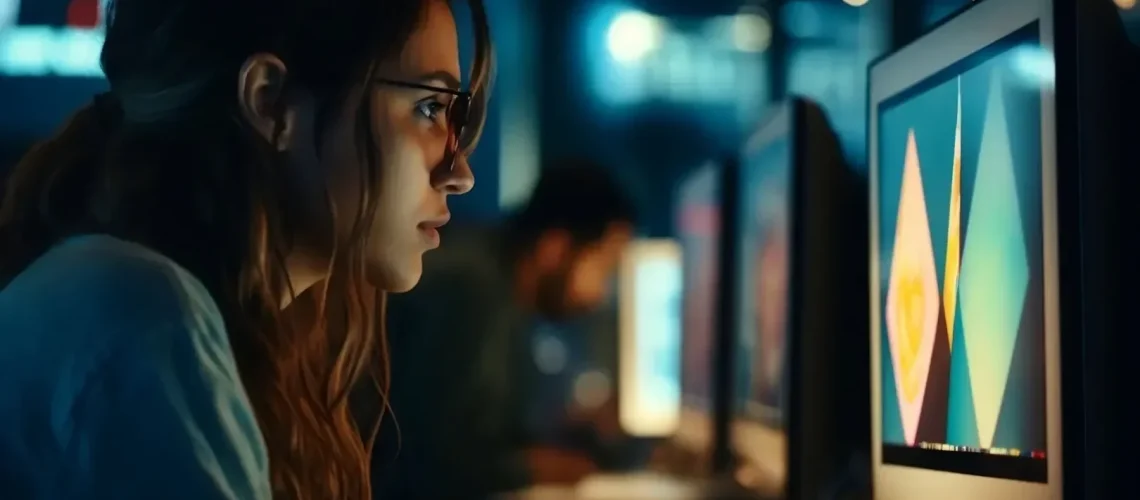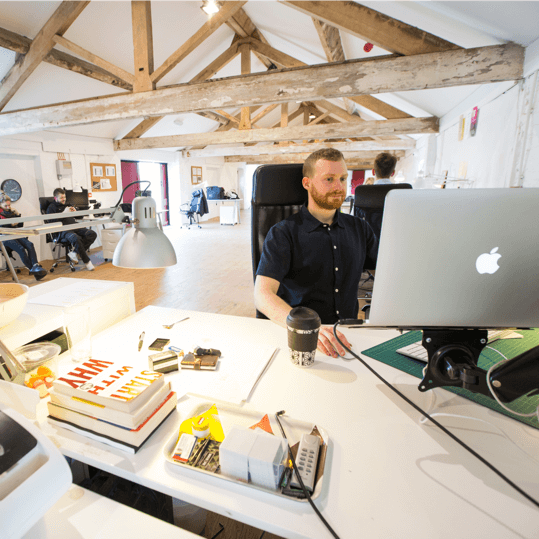The Importance of Small Details in Website Design
In the online world, success often depends on the small, design elements of website design. These elements may seem insignificant, but they have a huge impact on creating positive first impressions and shaping user experiences. A well-placed shadow, a carefully selected font, or a deliberate micro-interaction can elevate a decent website to an outstanding one.
The Impact of Small Design Choices
Think about the effect of a button that changes color when you hover over it, or the smooth animation of a menu opening up. These minor design decisions help guide users as they navigate through your site, making their interactions feel natural and enjoyable. According to research, websites that pay attention to these intricate details see engagement rates up to 30% higher than those that ignore them.
How Small Details Affect Users
The psychology behind these design elements is intriguing even though users may not consciously register them, their presence has a significant impact on decision-making and emotional connection with the website. A skillfully executed design detail could mean the difference between someone staying on your site or leaving for a competitor’s page.
These small details do more than just make your website look nice they also build trust, establish credibility, and create memorable brand experiences that keep users coming back.
1. Scannability: Making Content Easy to Digest
Modern web users don’t read, they scan. Research shows that 79% of users scan web pages in an F-shaped pattern, quickly searching for relevant information. This behavior stems from the overwhelming amount of digital content users encounter daily.
A well-structured layout acts as a visual roadmap for your content. Strategic use of subheadings, varied text sizes, and proper spacing guides users through information effortlessly. Breaking content into digestible chunks with a clear hierarchical structure helps visitors locate what they need without cognitive strain.
Text size variation serves as a powerful tool for enhancing content visibility. Larger headings naturally draw attention to key topics, while smaller text sizes create visual contrast that helps users distinguish between primary and secondary information. This natural progression of text sizes creates an intuitive reading experience that aligns with users’ scanning behavior.
2. Visual Hierarchy: Guiding Users’ Attention with Design Elements
Visual hierarchy directs users’ eyes to specific elements on a webpage through deliberate design choices. This psychological principle helps users process information in a predetermined sequence, making content consumption intuitive and effortless.
Creating an Effective Visual Hierarchy
Creating an effective visual hierarchy starts with the strategic use of accent colors. A carefully chosen splash of color can draw attention to crucial elements like call-to-action buttons or important announcements. Typography plays an equally vital role, varying font sizes and weights establish content importance while maintaining visual harmony.
The Power of Negative Space
Negative space acts as a powerful tool in the visual hierarchy. The strategic use of empty areas around design elements reduces cognitive load and creates natural focal points. A well-balanced combination of filled and empty spaces helps users navigate through content without feeling overwhelmed, leading to better information retention and user satisfaction.
Embracing Minimalism in Web Design
Incorporating minimalism in web design can significantly enhance the effectiveness of visual hierarchy. By reducing unnecessary elements and focusing on essential content, minimalism not only simplifies navigation but also emphasizes key messages, ultimately improving user experience and engagement.
3. Aesthetic Usability Effect: Balancing Beauty and Functionality
The aesthetic usability effect reveals a fascinating psychological principle: users perceive visually attractive designs as more functional. This phenomenon creates a direct link between beauty and perceived usability in website design.
Research shows that aesthetically pleasing websites build instant user trust. When visitors encounter a beautifully designed interface, they’re more likely to forgive minor usability issues and spend extended time exploring the site. This psychological effect transforms visual appeal into a practical tool for enhancing user satisfaction.
The key lies in creating designs that blend form with function. Simple color schemes, consistent typography, and balanced layouts work together to create an interface that feels both beautiful and intuitive. These design choices affect how users interact with your site – from their first impression to their decision to return.
A visually appealing design speaks to users on an emotional level, creating memorable experiences that strengthen brand connections. This emotional engagement drives user satisfaction and encourages deeper interaction with your website’s content.
4. Navigation Design: Ensuring Seamless User Journeys Through Subtle Enhancements
Navigation design is an essential part of user experience. It helps visitors move through your website’s content easily and accurately. A well-designed navigation system makes it easier for users to find the information they want without thinking too much.
Creating Intuitive Pathways with Micro-Interactions
Micro-interactions in navigation design create intuitive pathways:
- Hover states that highlight active menu items
- Breadcrumb trails showing the current location
- Progress indicators for multi-step processes
- Subtle animations revealing dropdown menus
These small design elements may not be immediately noticeable, but they have a significant impact on usability. By strategically placing navigation elements—such as keeping the main menu visible and consistent across pages—you can build user confidence and make it easier for them to explore your site.
Improving Visibility with Color Contrast and Whitespace
Color contrast and whitespace around navigation components improve visibility without creating visual clutter. This delicate balance ensures users can focus on their journey while still being aware of the available navigation options.
5. Feedback and Iteration: Refining Designs with Continuous User Insights
A strong feedback loop is essential for creating outstanding website designs. User testing sessions provide valuable information about how users navigate, understand content, and emotionally react to design elements. This information helps designers make better decisions and improvements.
Directly observing users using heat mapping tools and session recordings allows designers to see how users behave. Analytics data points out potential problems, while user surveys and interviews give additional context to the numerical findings.
The design process benefits from quickly creating prototypes and conducting A/B tests. Even small changes like button placement, color schemes, or content hierarchy can have a big effect on how engaged users are. Great designers have a systematic way of testing these variations, measuring their impact, and making improvements based on solid data.
To ensure that design decisions meet both user needs and business goals, it’s important to have a structured system for continuous improvement. Regular usability testing sessions combined with monitoring analytics create an environment where design can grow along with user expectations.
6. Engagement Techniques: Keeping Users Hooked Through Thoughtful Design Choices
Effective engagement techniques transform passive website visitors into active participants. Strategic design choices create memorable user experiences that encourage longer site visits and increased interaction.
Limited Color Palette
A limited color palette serves as a powerful engagement tool. Restricting colors to 2-3 primary shades with 1-2 accent colors helps users focus on essential elements while maintaining visual clarity. Think of brands like Spotify, which uses a distinctive black and green combination to direct user attention.
Thoughtful Call to Action Design
Calls to action drive user engagement when designed thoughtfully. High-converting CTAs incorporate:
- Contrasting colors that stand out from the background
- Action-oriented text that creates urgency
- Strategic placement above the fold or at natural pause points
- White space surrounding the button to enhance visibility
Micro-Interactions for Enhanced Engagement
Micro-interactions, such as subtle animations, hover effects, and loading states, add another layer of engagement. These small design elements provide immediate feedback and create a sense of responsiveness that keeps users invested in the website experience.
Conclusion: Embracing the Impact of Small Details in Web Design
Creating an exceptional website design is all about mastering the art of small details. Every design choice, from colors to navigation cues, influences how users perceive and interact with your site. These seemingly minor elements combine to create a powerful user experience that differentiates successful websites.
Designers who refine these subtle details create websites that not only look professional but also perform exceptionally well. This commitment leads to higher user engagement, increased conversion rates, and stronger brand recognition.
The true power of attentive web design goes beyond just looking good. It builds trust, establishes credibility, and creates lasting connections with users. As the digital world continues to evolve, websites prioritizing these small yet significant details will stand out and provide meaningful experiences for their audience.





